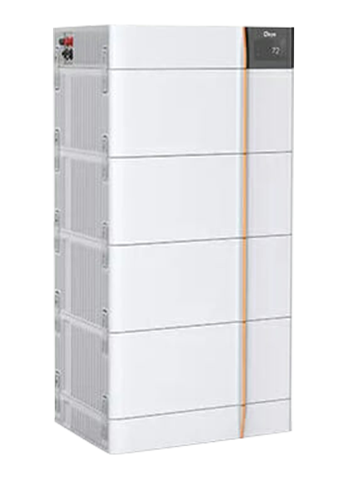GB-L Solar Battery
GB-L Solar Battery
Higher yields / Safe & Reliable / Smart / User-friendly
At some point, you might have used lithium batteries because they are safe and can be used for different things. However, you must ensure that the lithium batteries are handled and properly stored to guarantee safety. Many devices used both at home and work, such as computers, watches, cameras, and cell phones, use lithium batteries. Additionally, batteries are used in electric vehicles and golf carts.
If lithium batteries aren’t stored properly, they can be a fire hazard. Therefore, you must ensure that your lithium ion battery storage is right. It’s also advisable to ascertain that the batteries are stored within the ideal temperature to avoid overheating because of “thermal runaway.” This can happen when the temperature and pressure within the battery cells rise faster than the heat can be dispelled.

Description
Recommended Safe Storage
First, you should note that a lithium ion battery shouldn’t be stored for long, whether it’s a fully charged battery or not. It’s best to keep the batteries within the recommended temperature of about 5 degrees Celsius to 15 degrees Celsius. In addition, the batteries should be recharged regularly every 12 months because they self discharge. You can also avoid high temperatures by ensuring that the batteries are stored away from direct sunlight and excessive heat.
The area should also be properly ventilated and dry to be conducive for batteries gradually self discharge. In addition, it’s best to stack lithium ion batteries when storing them to ascertain stability because they can get damaged or knocked over. However, don’t place heavy objects on lithium ion batteries or gadgets that have the batteries. Further, consider the battery type when storing and avoid mixing them, especially if you also have lead acid batteries. The batteries should also be far from any flammable or explosive materials.
The time you intend to store a battery can impact the conditions. Battery storage can either be short-term or long-term within the following conditions:
Short-term: The storage area should be dry without corrosive gases. The temperature should be within the range of -20 degrees Celsius to -30 degrees Celsius. If the temperature drops or goes above this range it can result in the li ion batteries rusting or leaking.
Long-term storage: When stored for long, batteries gradually self discharge which can lead to permanent capacity loss. You can maintain the integrity of the li ion batteries by keeping them at an ambient temperature range of 10 degrees Celsius and 30 degrees Celsius. As mentioned earlier, the li ion batteries should be regularly charged.
Another hack you should consider when storing batteries is to start by charging them up to about 50%, equivalent to about 3.8 cell voltage, then refrigerate them in a dry area. This helps maintain the li ion batteries’ life. You can also use insulation such as plastic to protect the terminals.
You can use the following checklist when storing lithium ion batteries:
- Wear protective gear before starting storage to keep you safe from chemical leaks.
- Carefully remove the battery to avoid damaging it.
- Charge the battery to either maximum voltage or at least 50%.
- Insulate the terminals using plastic or electrical tape.
- Store the battery in a fireproof container or bag such as the Model BG-L.
- Check the temperature to ensure it’s conducive for storage.
- Ascertain that the storage container or bag is dry and well-ventilated.
As discussed earlier, li ion cells can be hazardous if mishandled, especially if they’re many. It’s essential to ensure that you’re in protective gear, including eyeglasses when storing the li ion cells. Ascertain that the terminals are covered and not in contact with each other during storage to avoid shorts. If you realize that a lithium ion cell is damaged or swollen, it’s best to dispose of it.
Best Storage Container
If you’re looking for a storage container for your cells, you should consider Model BG-L. The container is made to meet high seismic grade 4. The modules of this container are connected in series without a cable connection, and it’s equipped with high voltage to ascertain efficiency. Another great feature of this storage container is thermal management which detects temperature changes in the cells and power.
The container also has a wide temperature operation to adjust both low and elevated temperatures. Moreover, the storage container is environmentally friendly, with an IP protection grade of 65 to avoid corrosion. Further, the storage container has integrated intelligent technology and a visual system where you can monitor any drop or increase in warmth.
To safely store batteries, you must consider several factors, such as warmth, moisture, insulation, and whether the cells are rechargeable to maintain their quality. You can keep them at room temperature as long as they are powered and it’s dry to prevent rusting. However, if the batteries are many, it’d be best to get storage containers for safety.

